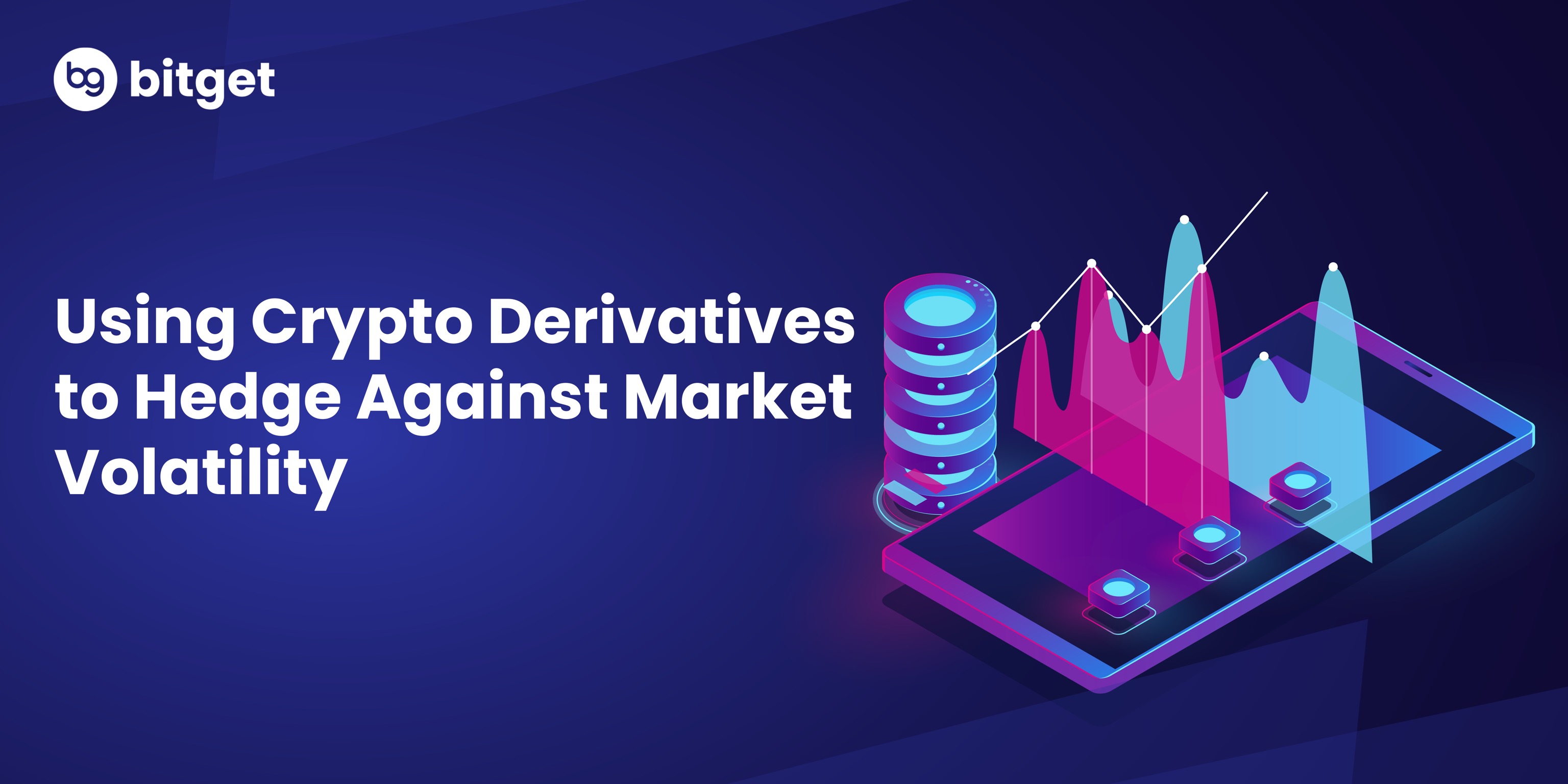Crypto Derivatives And The Wild Ride Of Market Volatility
Crypto Derivatives and the Wild Ride of Market Volatility

- The High Stakes World Of Crypto Scalping And Day Trading
- Unlocking The Power Of Flash Loans In DeFi: A Game-Changer For Crypto Investors
- Unlocking The Power Of Secure Identity Verification: The Cryptocurrency Revolution
- Expert Insights Into Cryptocurrency Taxation: Navigating The Complexities Of Digital Asset Taxation In 2024
- How To Profit From Crypto Scalping Strategies
If you’re even remotely familiar with the world of cryptocurrencies, you’ve likely noticed that market volatility is a big deal. Prices can swing wildly, sometimes seemingly without rhyme or reason. And while plenty of factors contribute to this volatility, one aspect that’s gained significant attention in recent years is crypto derivatives.
In this article, we’ll delve into the world of crypto derivatives, exploring what they are, how they work, and – most importantly – their impact on market volatility. Buckle up, because it’s going to be a wild ride.
What are Crypto Derivatives?
To understand the role of crypto derivatives in market volatility, we first need to grasp what they are. Simply put, a derivative is a financial instrument that derives its value from an underlying asset – in this case, a cryptocurrency. Think of it like a bet on the future value of a particular coin.
There are several types of crypto derivatives, including options, futures, and perpetual swaps. Each has its own unique characteristics, but they all share the common trait of allowing traders to speculate on price movements without actually owning the underlying asset.
Options, for instance, give the holder the right (but not the obligation) to buy or sell a particular coin at a specified price (strike price) before a certain date (expiration date). Futures contracts, on the other hand, obligate the buyer and seller to exchange an asset at a predetermined price on a specific date. Perpetual swaps take it a step further, allowing traders to bet on the future price of a coin without an expiration date.
The Rise of Crypto Derivatives Trading
Crypto derivatives trading has exploded in popularity over the past few years, particularly with the emergence of decentralized exchanges (DEXs) and the proliferation of crypto-asset management firms. This has led to a surge in liquidity, allowing traders to buy and sell derivatives with relative ease.
Derivatives have become increasingly popular among institutional investors, as they provide a way to hedge against potential losses or lock in profits without having to hold the underlying asset. This has opened up new avenues for investment and speculation, further fueling market activity.
The Impact on Market Volatility
Now, let’s get to the juicy part – how crypto derivatives affect market volatility. The relationship between the two is complex, but we’ll break it down into a few key areas.
Amplification of Price Movements
Derivatives can amplify price movements in two ways. First, when traders buy or sell derivatives, they’re essentially placing a leveraged bet on the future value of the underlying asset. This can lead to a multiplier effect, where the price of the asset increases or decreases faster than it would have without derivatives.
Second, derivatives can create a self-reinforcing feedback loop. When the price of a coin increases, traders who’ve bet on the upside (i.e., bought calls or long futures contracts) may realize profits, which can fuel further buying pressure and drive prices even higher. Conversely, when prices drop, traders who’ve bet on the downside (i.e., bought puts or short futures contracts) may realize profits, leading to further selling pressure.
Market Making and Liquidity Provision
Derivatives can also affect market volatility by influencing market making and liquidity provision. Market makers, who provide liquidity to both the spot and derivatives markets, may adjust their pricing to reflect changes in derivatives markets. This can lead to a more efficient price discovery process, which in turn can reduce volatility.
However, during times of high market stress or when market makers are forced to liquidate their positions quickly, derivatives can actually exacerbate volatility. This is because market makers may be unable to maintain their normal levels of liquidity provision, leading to a surge in trading volumes and price movements.
The Knock-On Effect of Margin Calls and Liquidations
Lastly, derivatives can contribute to market volatility through the knock-on effect of margin calls and liquidations. When traders buy or sell derivatives using leverage, they’re essentially betting on the price of the underlying asset while putting up a margin as collateral.
If the price of the asset moves against the trader, they may receive a margin call, requiring them to either add more collateral or close out their position. If they’re unable to meet the margin call, their position may be liquidated, leading to a forced sale of the underlying asset. This can create a cascade effect, where multiple traders are forced to liquidate their positions, further fueling market volatility.
Crypto derivatives have undoubtedly had a significant impact on market volatility. While they provide a valuable tool for institutional investors to hedge against potential losses or lock in profits, they can also amplify price movements, influence market making and liquidity provision, and contribute to the knock-on effect of margin calls and liquidations.
As the crypto derivatives market continues to grow and mature, it’s essential for traders, investors, and regulators to understand the complex relationship between derivatives and market volatility. By doing so, we can work towards creating a more stable and efficient market that benefits everyone involved.
